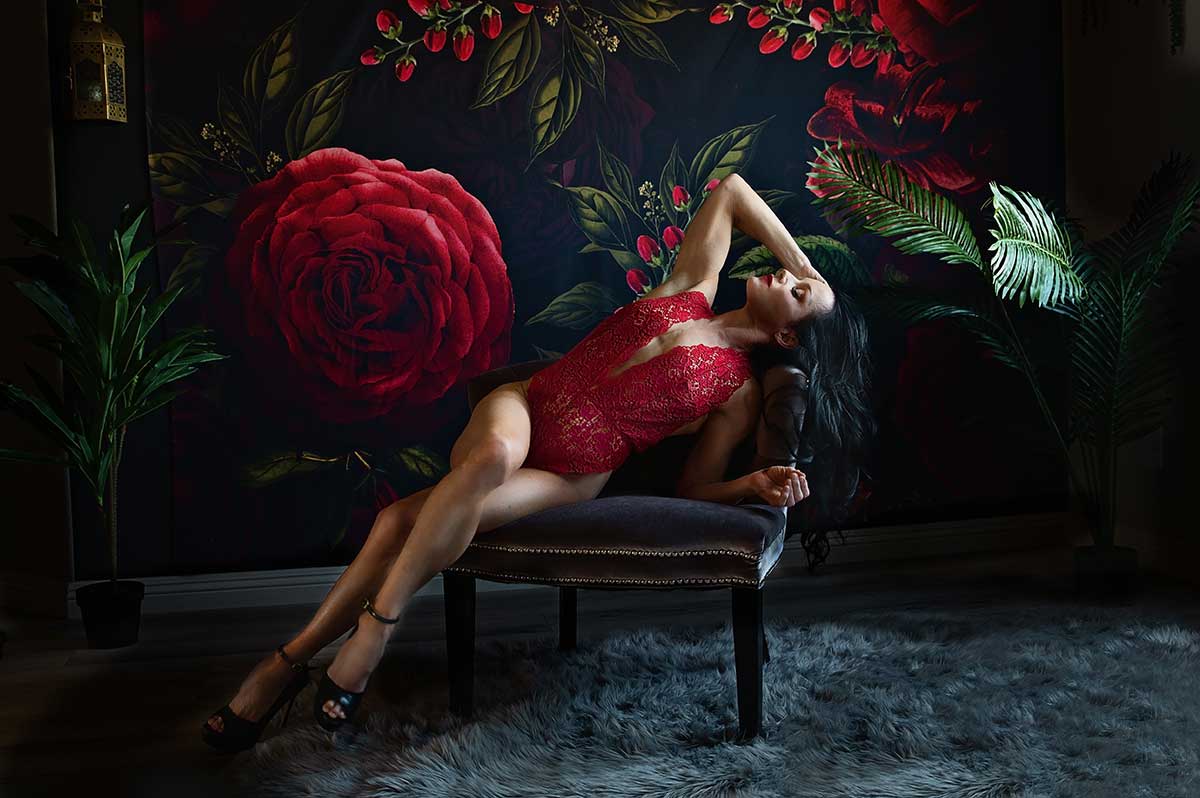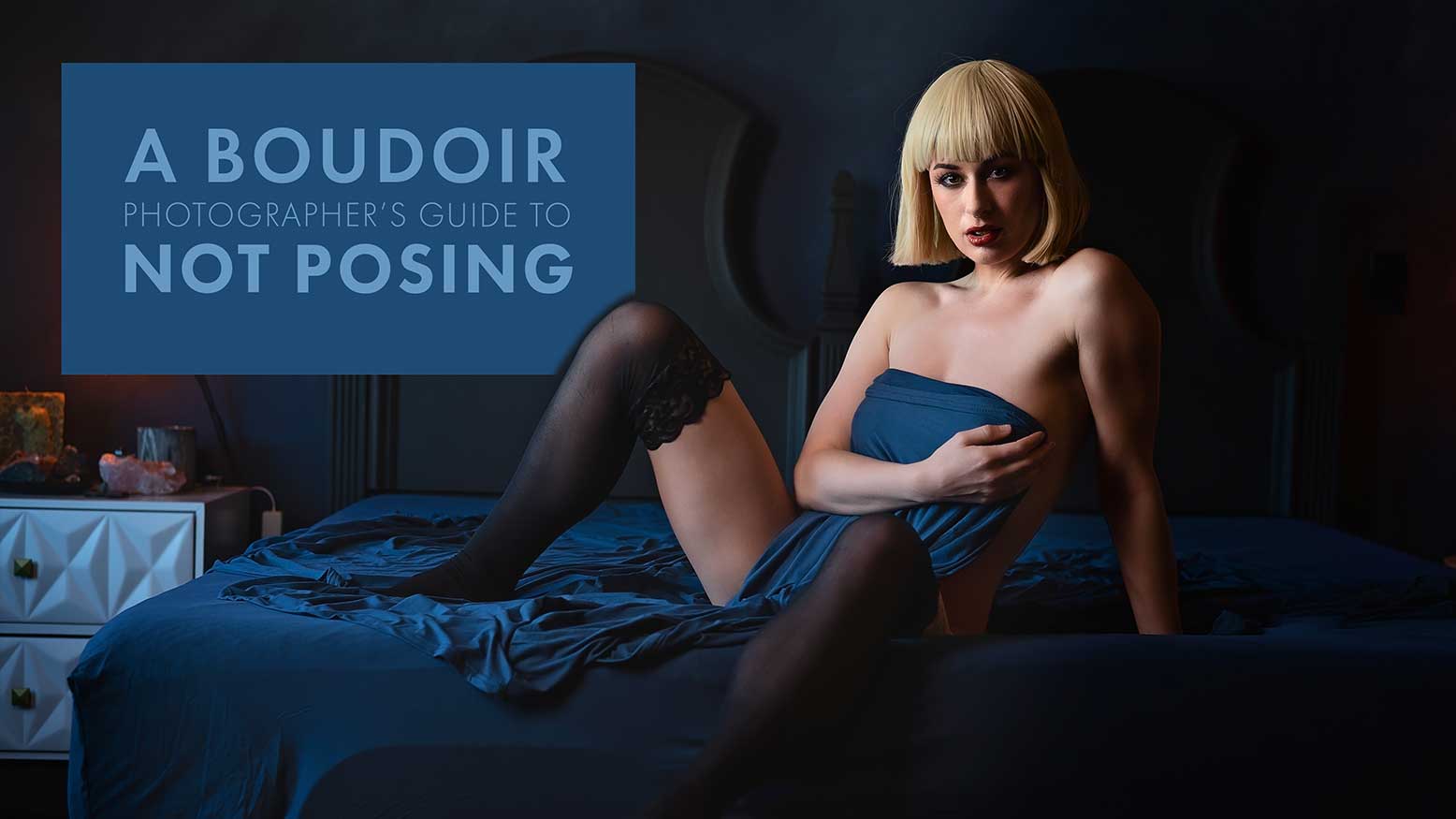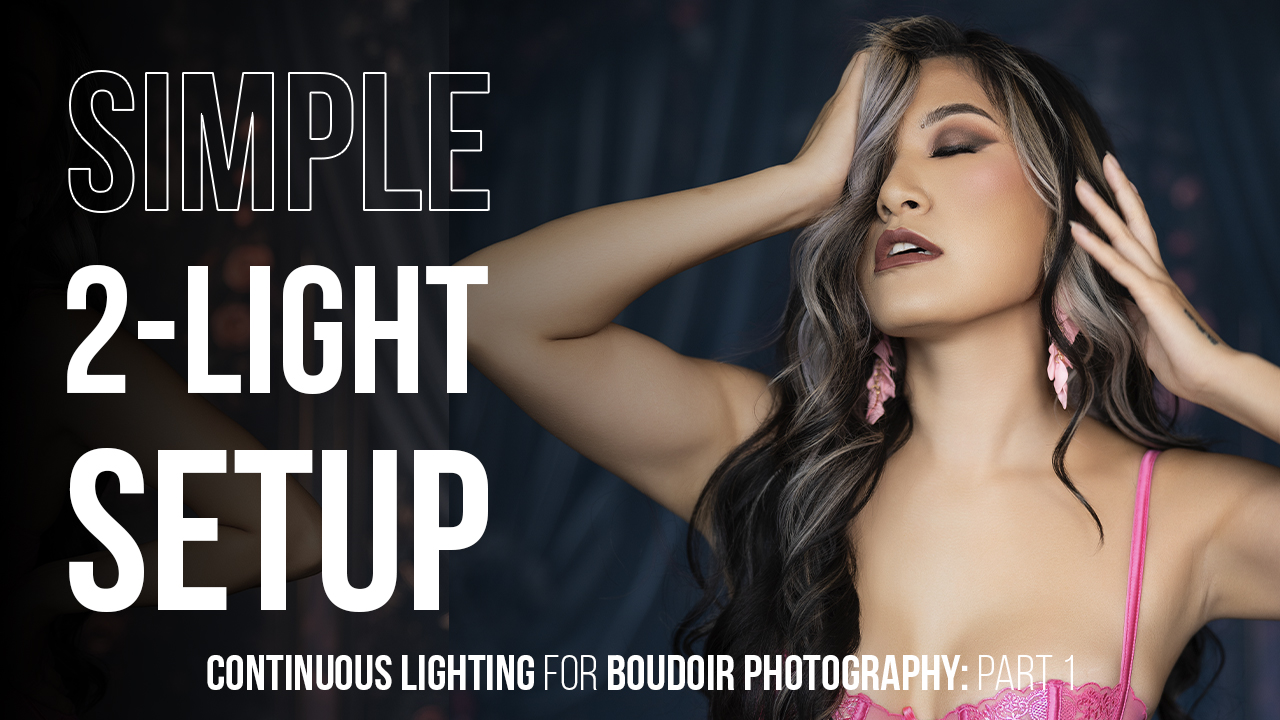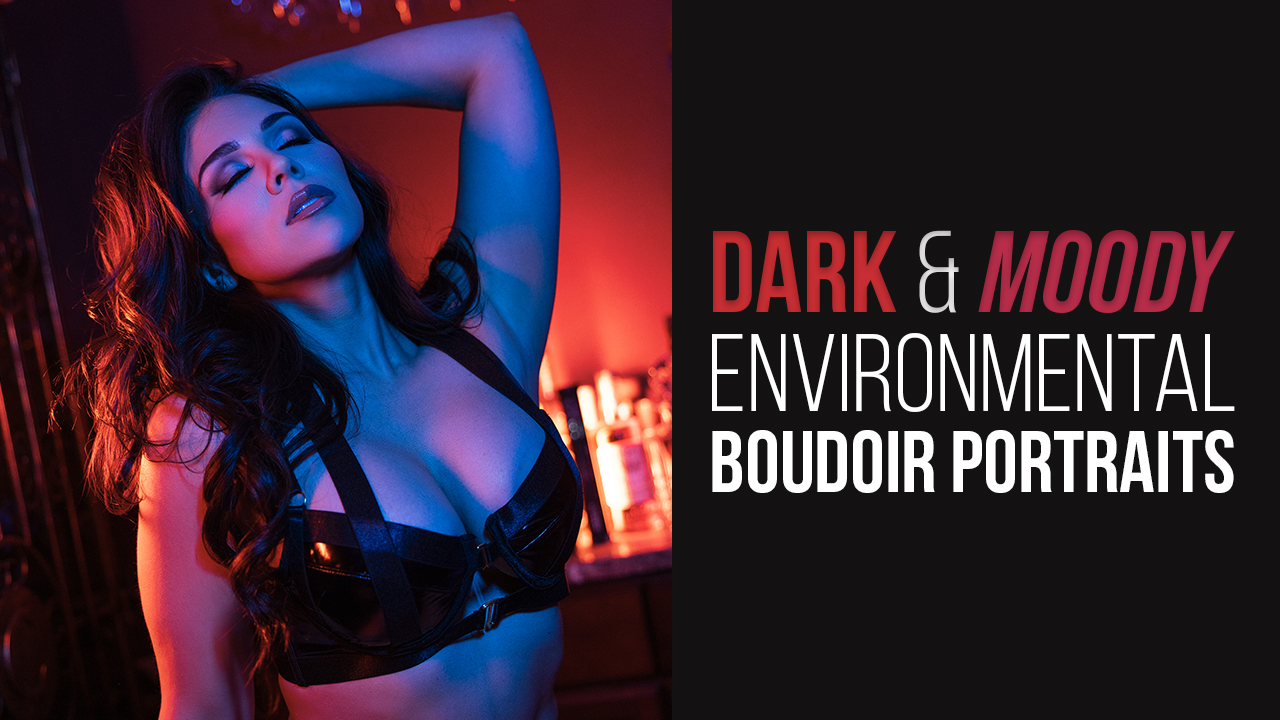A Boudoir Photographer’s Guide to NOT Posing with Pam Fields
This is not your typical posing article. There will be no list of my top, best, most sellable poses for everybody, flattering every shape, every client. This article is more about getting you to think about posing variations and categories of poses so you can be mindful and shoot with intention.
How many images do you show to your clients following a session? Is it 60 to 120, more or less? How can you memorize that many poses? Let me share a secret with you: You don’t have to! It really can get overwhelming with all the books and posing guides available. Have you written your shot list? Have you gotten your Pinterest board all set? Have you gotten your session started, and BOOM, you go blank? To keep the flow of the session going, you might start shooting all willy nilly or maybe you have your shot list handy so you pull it out for a look. What can you do differently? The first thing is to take a deep breath and calm your brain. Look at the scene, look at your subject, and think through what you are doing.
I’ve studied posing, I’ve practiced, and I’ve studied some more. You can have stacks and stacks of pages of poses or flip open the laptop and go straight to your secret Pinterest board. I’ve heard a recommendation to put your inspiration images on a card and review them on the back of your camera during your session. Clever, yes, but there’s a better way. One thing that has stuck is something Sal Cincotta, publisher of Shutter Magazine and head honcho at ShutterFest, taught as he explained his process: Get the camera settings dialed in, take a shot, look at the back of the camera, and make adjustments to the settings. Then, repeat. Once your settings are dialed in, follow that process and look at the foreground, the background and the subject. Click, look and adjust. Seems simple enough, right? Well, it still takes a plan and it still takes knowledge!
Before we talk about posing and what works for boudoir, I think it’s important to know what doesn’t work. In most posing guides, you will often see women with long, lean legs in archy-back poses. Jen Rozenbaum notes that: “A woman’s clothing size doesn’t determine how to pose her… It doesn’t account for how long her legs are… if she is more curvy or straight. I need that information before I can decide what poses will work.” That’s right for both women and men! We need to go in with a plan but until we see our subject and see them move, we are flying a bit blind because posing is not a one size fits all thing.
Each session is an individual challenge. I focus on the categories, sets and moves while also thinking about groups of images (for their album). While I don’t come up with lists upon lists of poses, I do plan out my sessions. Most of my consultations are not in person, so when I first see my clients, I have to be focused and observant. I go in with a plan and I quickly work to further develop that plan. It’s less about having a list of memorized poses and more about becoming an effective observer, communicator, coach and director.
I have several different sets in the studio, and I work in hotels and homes. I study the scene and decide where to start and with what base pose. As soon as I get my client in front of the camera, I can follow with “click, look, and adjust,” then I get on with individualizing the variations based on how my client naturally moves. Have you ever had a set of images where a favorite shot was the one that wasn’t planned or when your subject wasn’t expecting the shot? You picked up on their body language cues and saw something worth capturing. When it comes to being mindful of posing direction, it’s important to spend time studying body language and build on that. Memorizing posing routines can limit creativity and sessions can become robotic. Clients don’t want to feel like they are in a “boudoir mill.” They want to feel special and have an experience! We can individualize and tailor sessions specifically for every client we have. The result is getting all the images needed to show and sell and the client gains confidence and loves their session.







